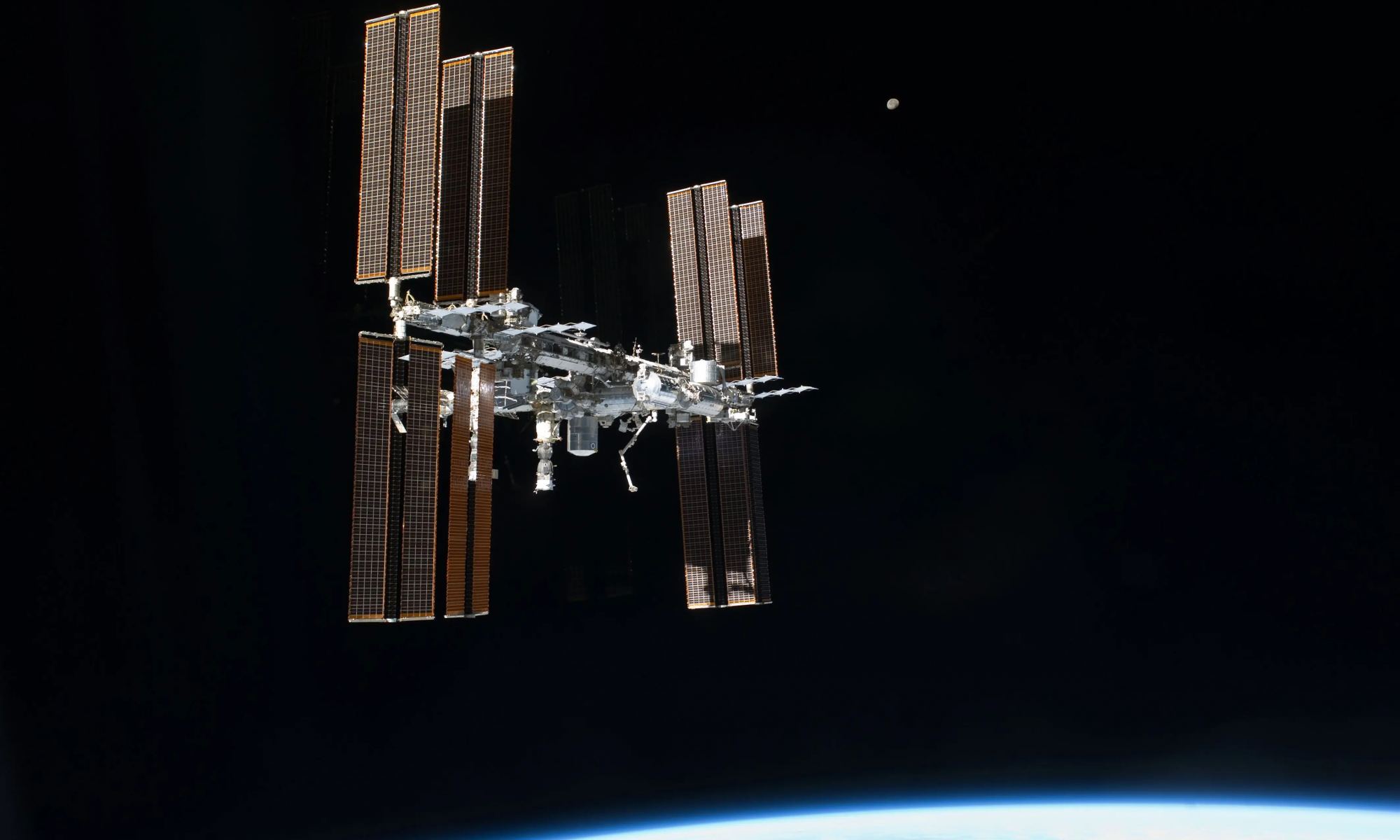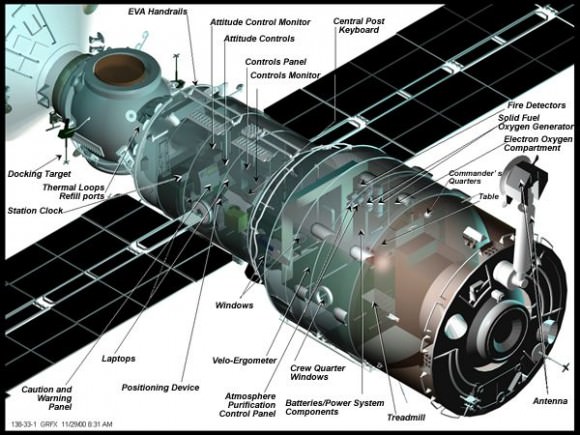Only the other week I had to fix my leaky tap. That was a nightmare. I cannot begin to imagine how you deal with a leaky spacecraft! In August 2020 Russia announced that their Zvezda module had an air leak. An attempt was make to fix it but in November 2021 another leak was found. Earlier this week, Russia announced the segment is continuing to leak but the crew are in no danger.
Continue reading “The International Space Station’s Air Leaks are Increasing. No Danger to the Crew”Cosmonauts Find Cracks in the Aging Zarya ISS Module
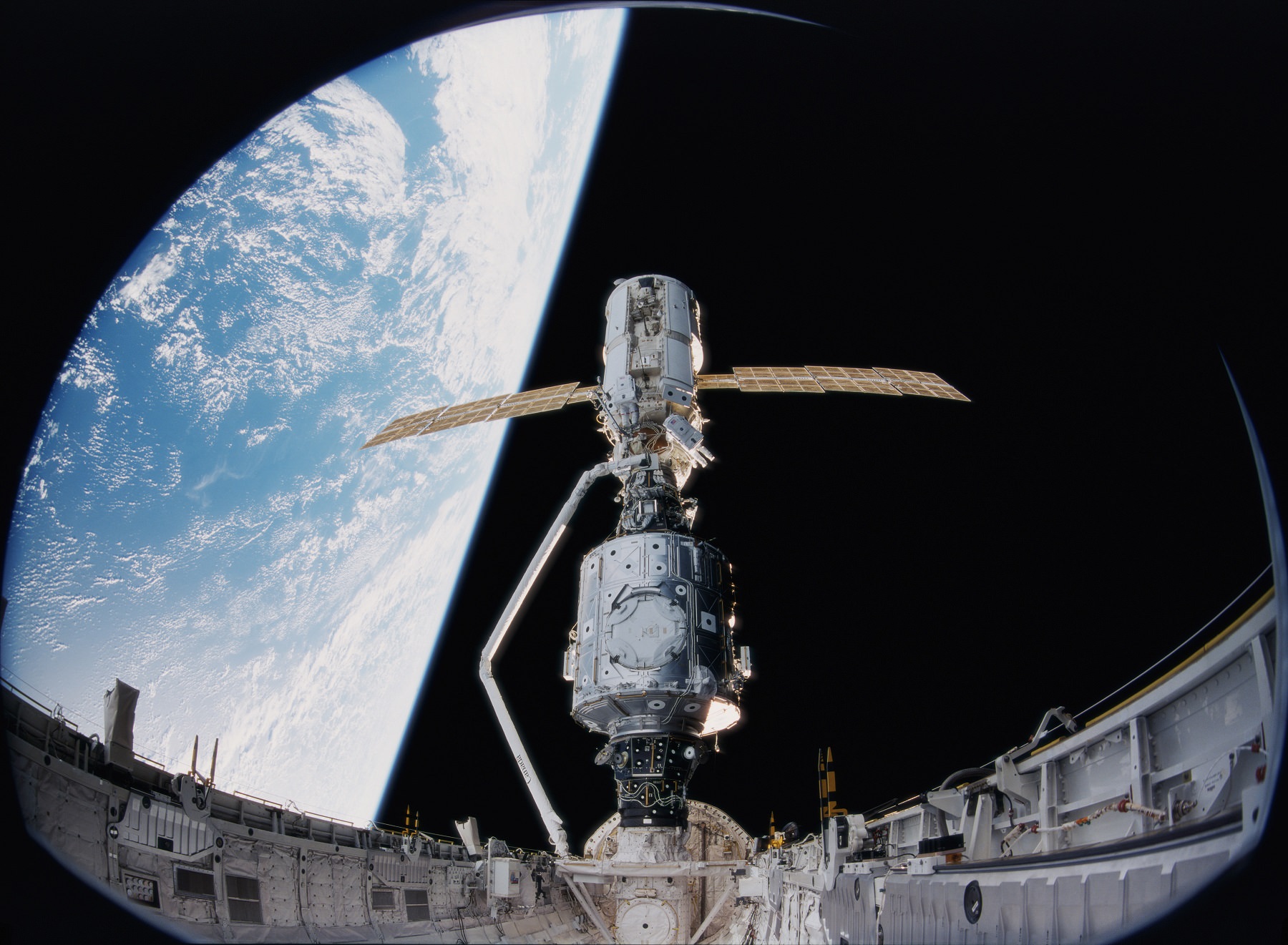
It appears that the International Space Station is showing its age. Or, at least, the older modules that have been in space since 1998 certainly are. According to statements made by a senior Russian space official, cosmonauts aboard the ISS have discovered new cracks in the Functional Cargo Block (FCB) module – aka. Zarya (“Dawn”). These cracks were found in seven of the module’s twenty windows and could eventually threaten the entire station.
Continue reading “Cosmonauts Find Cracks in the Aging Zarya ISS Module”The Crew of the ISS has Found the Source of the Station’s Air Leak
It’s no secret that the International Space Station (ISS) has had a problem with leaks for more than a year. While pressure loss is a perpetual issue, officials noticed an increase last September, which became more serious over the past summer. As of August, the crew began a hard-target search for the source of the leak, eventually narrowing it down to the Zvezda module in the Russian section.
Thanks to an ongoing search over the past two months, the crew has finally pinpointed the leak using a novel detection method. Simply put, they released tea leaves into the Zvezda module and followed them to the source! According to a statement by Roscosmos, the crew of Expedition 63/64 has patched the hole with some heavy-duty tape they had aboard the station. Talk about DIY repairs!
Continue reading “The Crew of the ISS has Found the Source of the Station’s Air Leak”The Oxygen Supply has Failed in the Russian Zvezda Module of the ISS. Don’t Worry, the Astronauts aren’t in Danger, but the Station is Showing its Age
In November of 1998, the first modules of the International Space Station (ISS) were launched into orbit, and the first crew arrived almost two years later. With almost twenty years of hosting astronauts from all over the world, the ISS holds the record for the longest continuous human presence in Low Earth Orbit (LEO). After all that time, the ISS is beginning to show the signs of age.
Back in August, the ISS crew reported there was a leak in the Zvezda module. By Sept. 29th, Roscosmos announced that the crew had found the source of the leak, but determined it was worse than previously thought. In the latest news, Roscomos announced on Wednesday (Oct. 14th) that the oxygen supply system has failed on a Russian segment of the ISS, but reassured everyone that the crew are not in danger.
Continue reading “The Oxygen Supply has Failed in the Russian Zvezda Module of the ISS. Don’t Worry, the Astronauts aren’t in Danger, but the Station is Showing its Age”Russian Space Freighter Hauling Fresh Fruit Blasts Off for ISS Crew
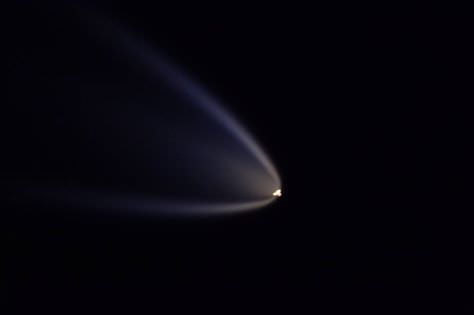

An unmanned Russian space freighter hauling fresh fruit and over three tons of food, water, supplies and science experiments blasted off today, Thursday, March 31, from the Baikonur Cosmodrome in Kazakhstan, commencing a two-day orbital trek to the six person crew living aboard the International Space Station (ISS).
The successful nighttime liftoff of the Progress 63 cargo ship atop a three stage Soyuz 2.1a booster took place at 12:23 p.m. EDT (10:23 p.m. local time in Baikonur) from Site 31 at Baikonur as the orbiting outpost was flying about 251 miles (400 km) above northeast Iraq.
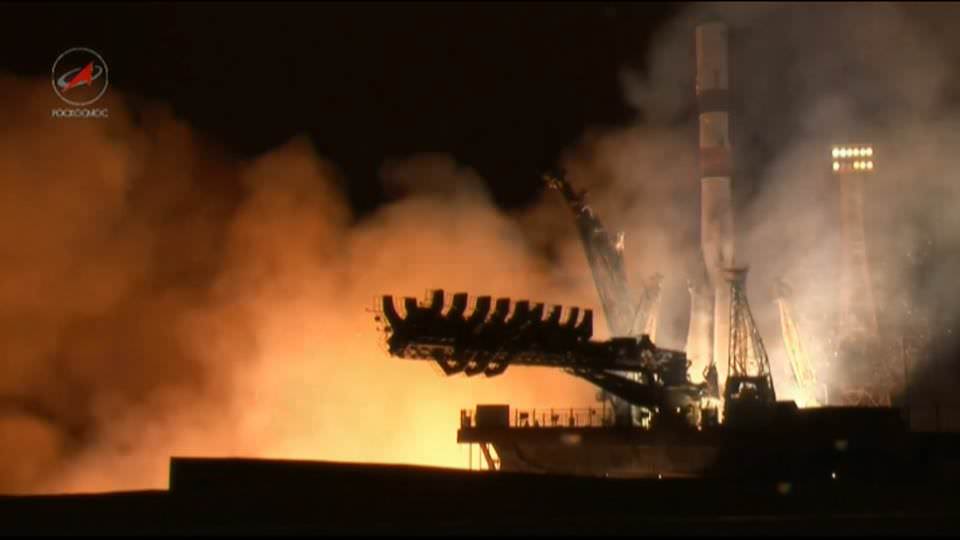
NASA astronaut and Expedition 47 crew member Jeff Williams captured several elegant views of the Progress launch from his heavenly perch on the station inside the Cupola.
“Fresh fruit is on the way! Here are some of the best pics taken from @Space_Station during today’s #Progress launch,” Williams said on his social media accounts from space.
“Today’s #Progress launch occurred about 5 minutes before we passed over the launch site in Baikonur.”
“Sunset occurred for us about a minute later and shortly after we caught site of the rocket ahead and below us from the Cupola. We continued to catch up to it until it was directly below. We saw the flash of 3rd stage ignition and the subsequent 3rd stage was spectacular. Here are some of the best shots taken from the International Space Station. (note the one taken just after the moment of engine cutoff!) Spectacular!” Williams elaborated.
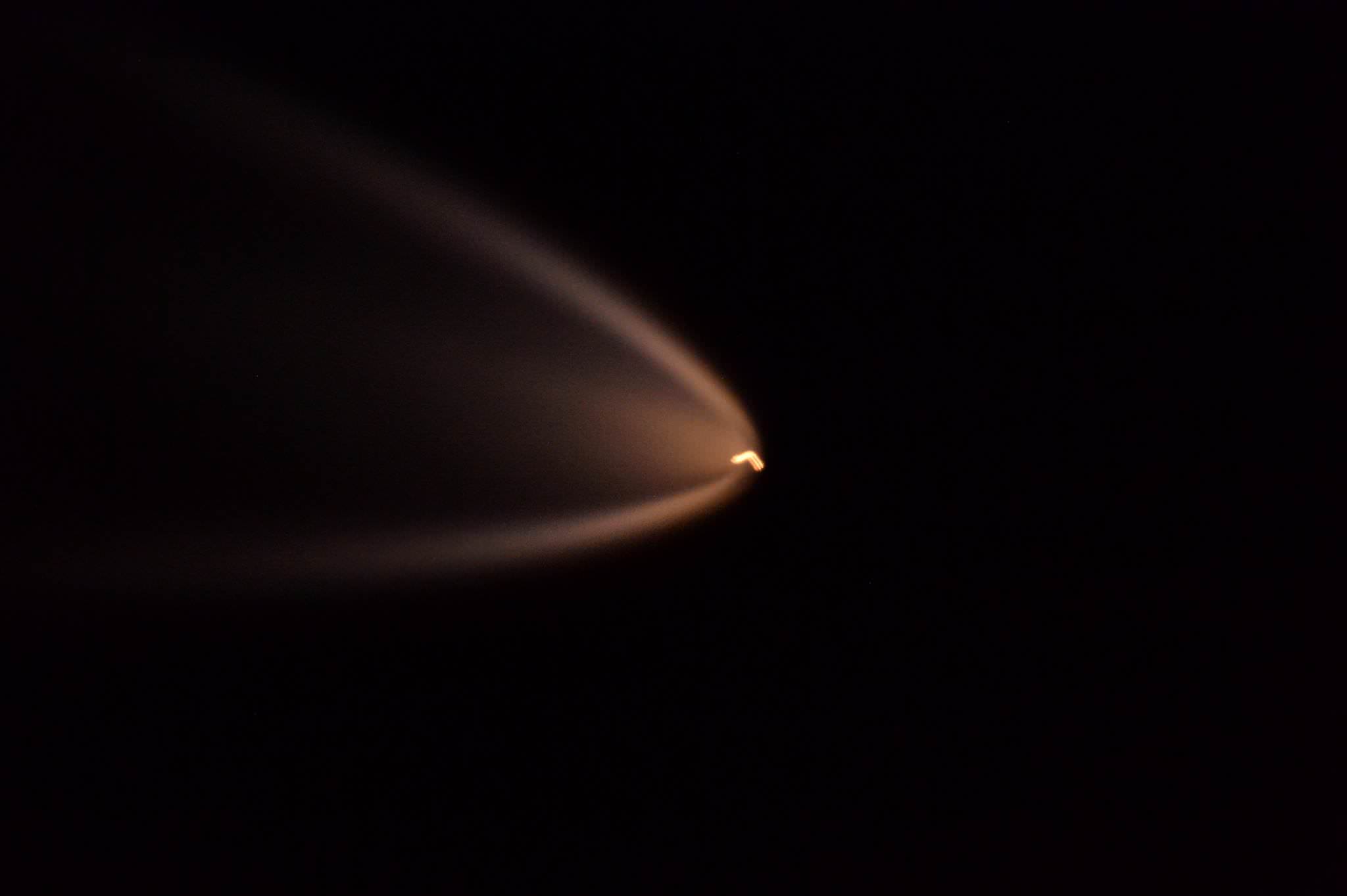
The Progress 63 resupply ship, also known by its Russian acronym as Progress MS-02, is due to arrive at the station on April 2 for an automated docking to the aft port of the Russian Zvezda Service Module.
After a picture perfect eight and a half minute climb to its initial orbit, the Progress MS-02 separated from the Soyuz third stage and deployed its pair of solar arrays and navigational antennas as planned.
“This was a flawless ascent to orbit for the Progress 63 cargo craft carrying just over three tons of supplies,” said NASA launch commentator Rob Navius during a live launch webcast on NASA TV. “Everything was right on the money.”
“All stages of the Soyuz booster performed to perfection.”
The planned longer two-day and 34 orbit journey rather than a faster 3 or 4 orbit rendezvous and docking is designed to help engineers test out new computer software and vehicle communications gear on this new version of the Progress.
“The two-day rendezvous for the Progress is deliberately planned to enable Russian flight controllers to test new software and communications equipment for the new vehicle configuration that will be standard for future Progress and piloted Soyuz spacecraft,” according to NASA officials.
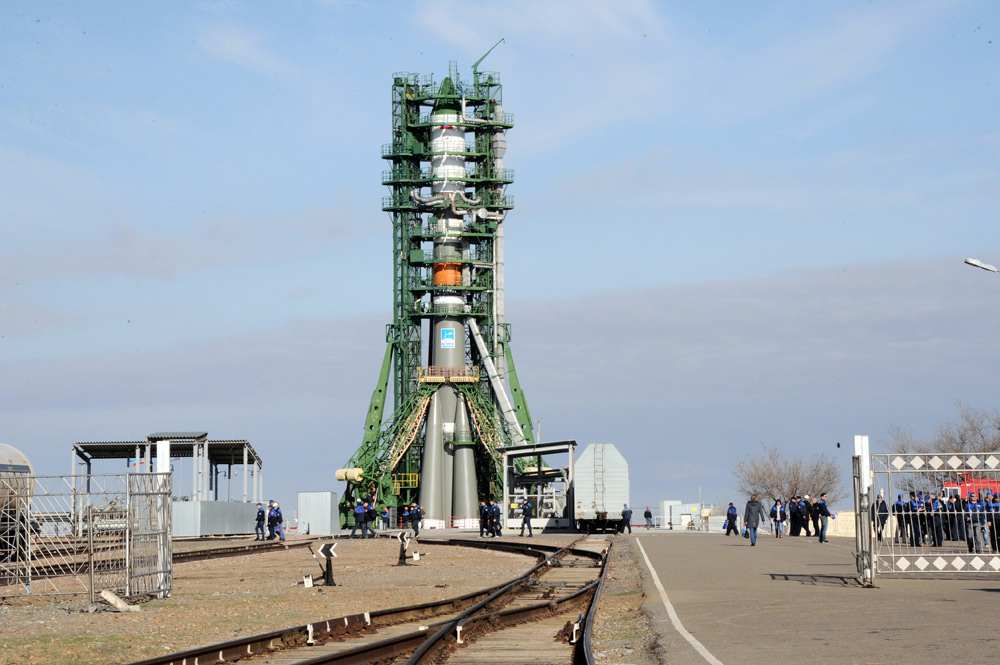
Docking to the orbiting laboratory is set for approximately 2 p.m. Saturday, April 2.
NASA TV will provide live docking coverage of the Progress 63 arrival starting at 1:15 p.m. on Saturday.
Today’s Progress launch counts as the second of a constellation of three resupply ships from the US and Russia launching to the station over a three successive weeks.
The Orbital ATK ‘SS Rick Husband’ Cygnus resupply spacecraft that launched last week on Tuesday, March 22, 2016 was at the vanguard of the cargo ship trio – as I reported here from on site at the Kennedy Space Center in Florida.

Cygnus was successfully berthed at the Earth-facing port of the Unity module this past Saturday, March 26 – as I reported here.
Following Progress is the SpaceX Return To Flight (RTF) mission dubbed SpaceX CRS-8.
It is slated to launch on April 8 and arrive at the ISS on April 10 for berthing to the Earth-facing port of the Harmony module – at the end of the station where NASA space shuttles formerly docked. It carries another 3.5 tons of supplies.
So altogether the trio of international cargo ships will supply over 12 tons of station supplies in rapid succession over the next 3 weeks.
This choreography will set up America’s Cygnus and Dragon resupply craft to simultaneously be present and reside attached at adjacent ports on the ISS for the first time in history.
Plans currently call for Cygnus to stay at station for approximately two months until May 20th., when it will be unbolted and unberthed for eventual deorbiting and reentry.
Progress 63 will remain at the station for six months.
Stay tuned here for Ken’s continuing Earth and planetary science and human spaceflight news.
………….
Learn more about Orion, SLS, ISS, NASA Mars rovers, Orbital ATK, ULA, SpaceX, Boeing, Space Taxis, NASA missions and more at Ken’s upcoming outreach events:
Apr 9/10: “NASA and the Road to Mars Human Spaceflight programs” and “Curiosity explores Mars” at NEAF (NorthEast Astronomy and Space Forum), 9 AM to 5 PM, Suffern, NY, Rockland Community College and Rockland Astronomy Club – http://rocklandastronomy.com/neaf.html
Apr 12: Hosting Dr. Jim Green, NASA, Director Planetary Science, for a Planetary sciences talk about “Ceres, Pluto and Planet X” at Princeton University; 7:30 PM, Amateur Astronomers Assoc of Princeton, Peyton Hall, Princeton, NJ – http://www.princetonastronomy.org/
Apr 17: “NASA and the Road to Mars Human Spaceflight programs”- 1:30 PM at Washington Crossing State Park, Nature Center, Titusville, NJ – http://www.state.nj.us/dep/parksandforests/parks/washcros.html
International Space Station Achieves 15 Years of Continuous Human Presence in Orbit
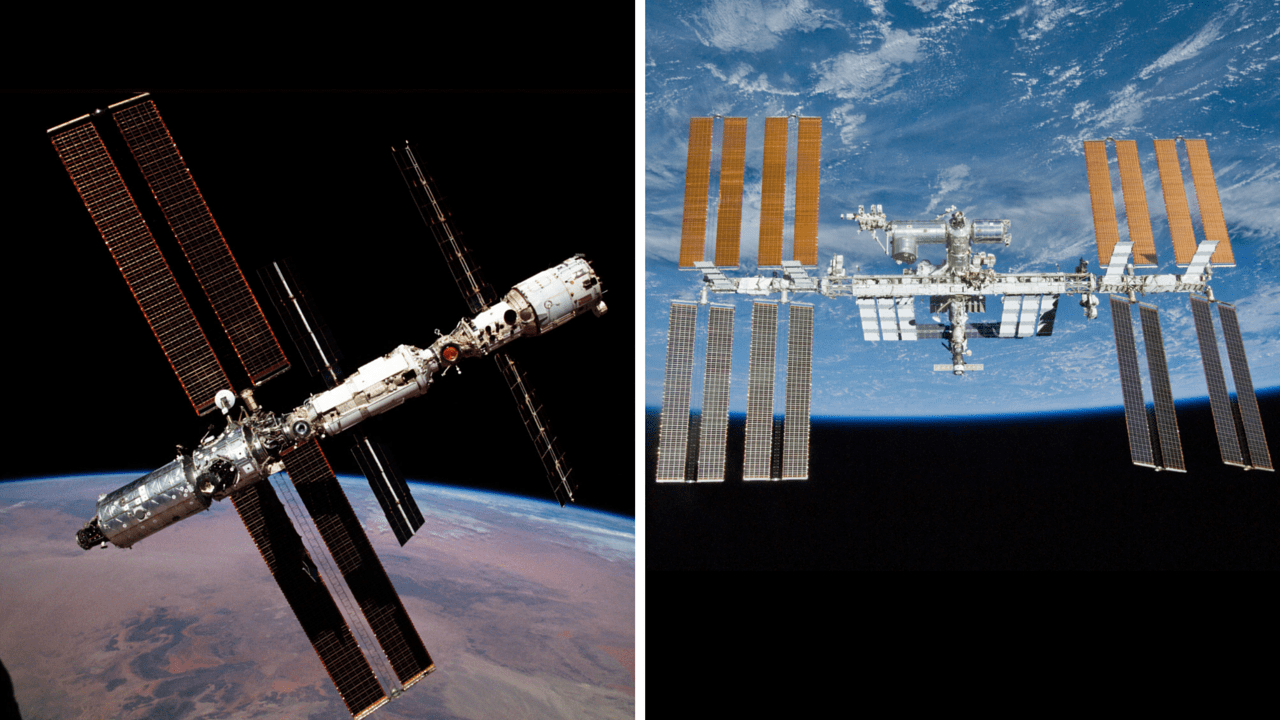
The International Space Station (ISS) achieved 15 years of a continuous human presence in orbit, as of today, Nov. 2, aboard the football field sized research laboratory ever since the first Russian/American crew of three cosmonauts and astronauts comprising Expedition 1 arrived in a Soyuz capsule at the then much tinier infant orbiting complex on Nov. 2, 2000.
Today, the space station is host to the Expedition 45 crew of six humans – from America, Russia and Japan – that very symbolically also includes the first ever crew spending one year aboard and that highlights the outposts expanding role from a research lab to a deep space exploration test bed for experiments and technologies required for sending humans on interplanetary journeys to the Martian system in the 2030s.
The ISS was only made possible by over two decades of peaceful and friendly international cooperation by the most powerful nations on Earth on a scale rarely seen.
“I believe the International Space Station should be considered for the Nobel Peace Prize,” said NASA Administrator Charles Bolden last week during remarks to the Center for American Progress in Washington, DC., on October 28, 2015.
“Exploration has taught us more than we have ever known about our Universe and our place in it.”
“The ISS has already taught us what’s possible when tens of thousands of people across 15 countries collaborate so that human beings from different nations can live and work in space together.”
“Yet, for all these accomplishments, when you consider all the possibilities ahead of us you can only reach one conclusion; We are just getting started!”
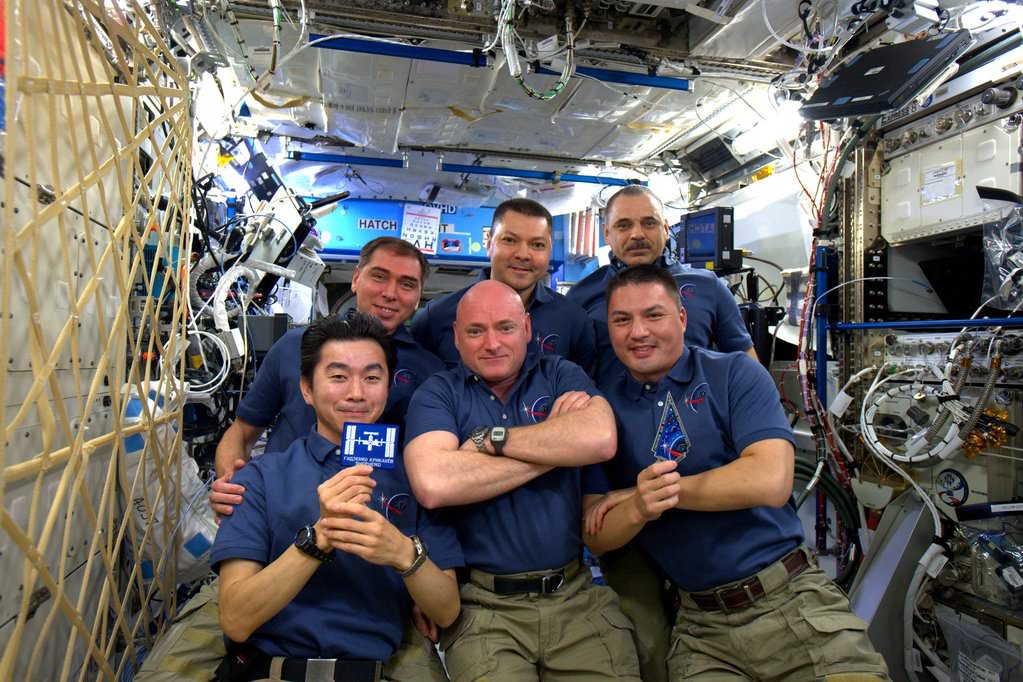
“No better place to celebrate #15YearsOnStation! #HappyBday, @space_station! Thanks for the hospitality! #YearInSpace.” tweeted NASA astronaut Scott Kelly from the ISS today along with a crew portrait.
The space station is the largest engineering and construction project in space combining the funding, hardware, knowhow, talents and crews from 5 space agencies and 15 countries – NASA, Roscomos, ESA (European Space Agency), JAXA (Japan Aerospace and Exploration Agency) and CSA (Canadian Space Agency).

The collaborative work in space has transcended our differences here on Earth and points the way forward to an optimistic future that benefits all humanity.
The station orbits at an altitude of about 250 miles (400 kilometers) above Earth. It measures 357 feet (109 meters) end-to-end and has an internal pressurized volume of 32,333 cubic feet, equivalent to that of a Boeing 747.
The uninterrupted human presence on the station all began when Expedition 1 docked at the outpost on Nov. 2, 2000, with its first residents including Commander William Shepherd of NASA and cosmonauts Sergei Krikalev and Yuri Gidzenko of Roscosmos.
For the first station trio in November 2000, the vehicle included three modules; the Zarya module and the Zvezda service module from Russia and the Unity module from the US.
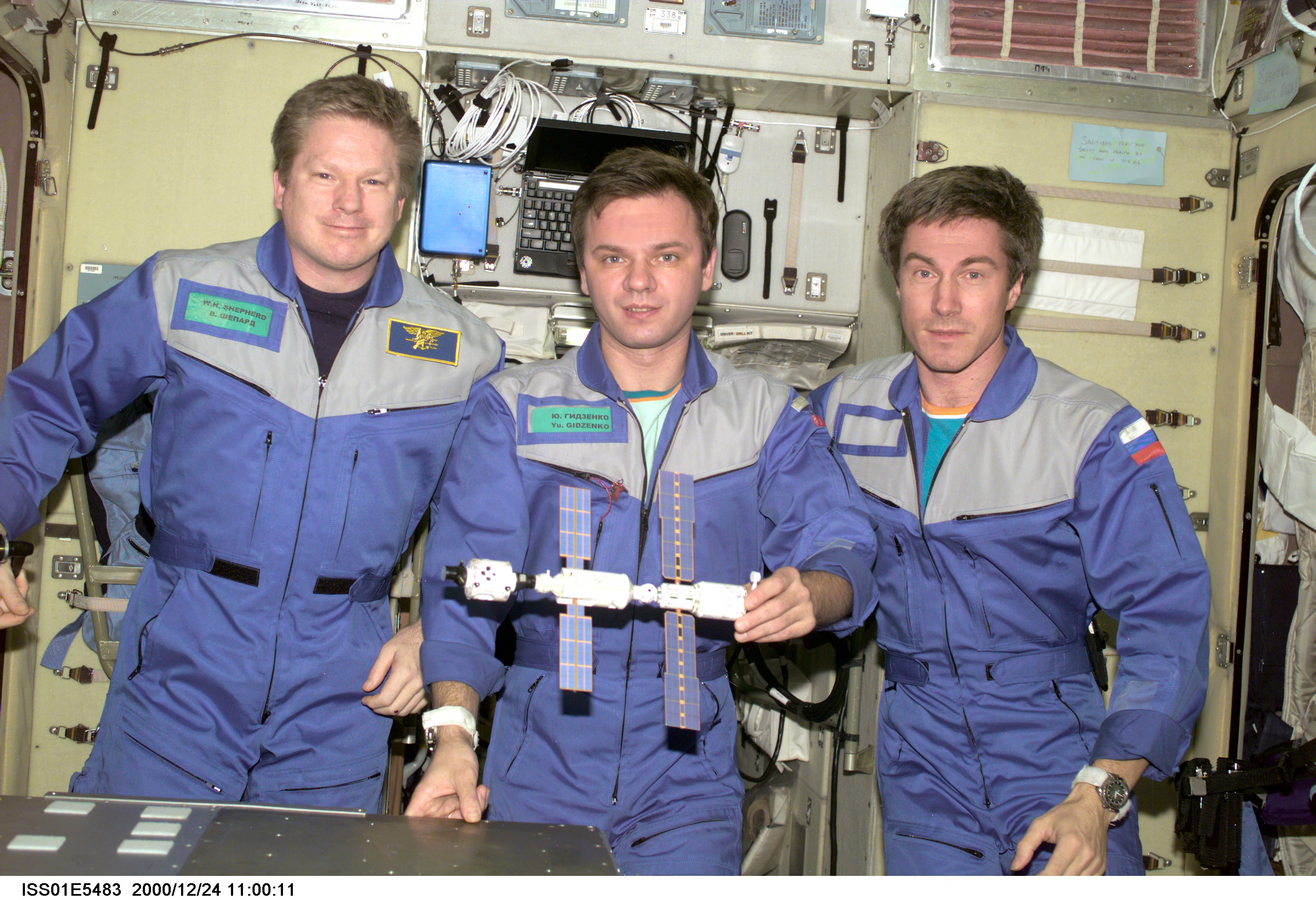
Over the past 15 years, after more than 115 construction and logistics flight, the station has grown by leaps and bounds from its small initial configuration of only three pressurized modules from Russian and America into a sprawling million pound orbiting outpost sporting a habitable volume the size of a six bedroom house, with additional new modules and hardware from Europe, Japan and Canada.
The ISS has been visited by over 220 people from 17 countries.
The “1 Year ISS crew” reflects the international cooperation that made the station possible and comprises current ISS commander NASA astronaut Scott Kelly and Russian cosmonaut Mikhail Kornienko, who are now just past the half way mark of their mission.
“Over the weekend, I called NASA astronaut Scott Kelly, who is currently halfway through his one-year mission aboard the International Space Station, to congratulate him on setting the American records for both cumulative and continuous days in space,” Bolden said in a NASA statement released today.
“I also took the opportunity to congratulate Commander Kelly — and the rest of the space station crew — for being part of a remarkable moment 5,478 days in the making: the 15th anniversary of continuous human presence aboard the space station.”
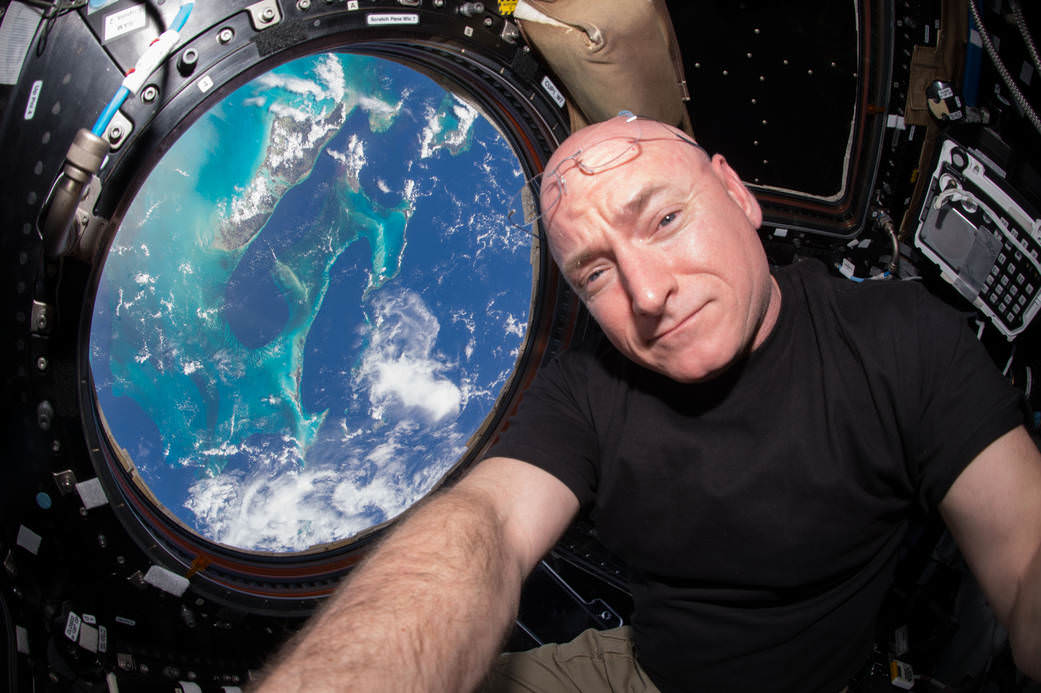
The complete Expedition 45 crew members include Station Commander Scott Kelly and Flight Engineer Kjell Lindgren of NASA, Flight Engineers Mikhail Kornienko, Oleg Kononenko and Sergey Volkov of the Russian Federal Space Agency (Roscosmos) and Flight Engineer Kimiya Yui of the Japan Aerospace Exploration Agency.
For the first nine years, the station was home to crews of two or three. Starting in 2009 the crew size was doubled to a permanent crew of six humans after the habitable volume, research facilities, equipment and supporting provisions had grown sufficiently.
“Humans have been living in space aboard the International Space Station 24-7-365 since Nov. 2, 2000. That’s 15 Thanksgivings, New Years, and holiday seasons astronauts have spent away from their families. 15 years of constant support from Mission Control Houston. And 15 years of peaceful international living in space,” says NASA.
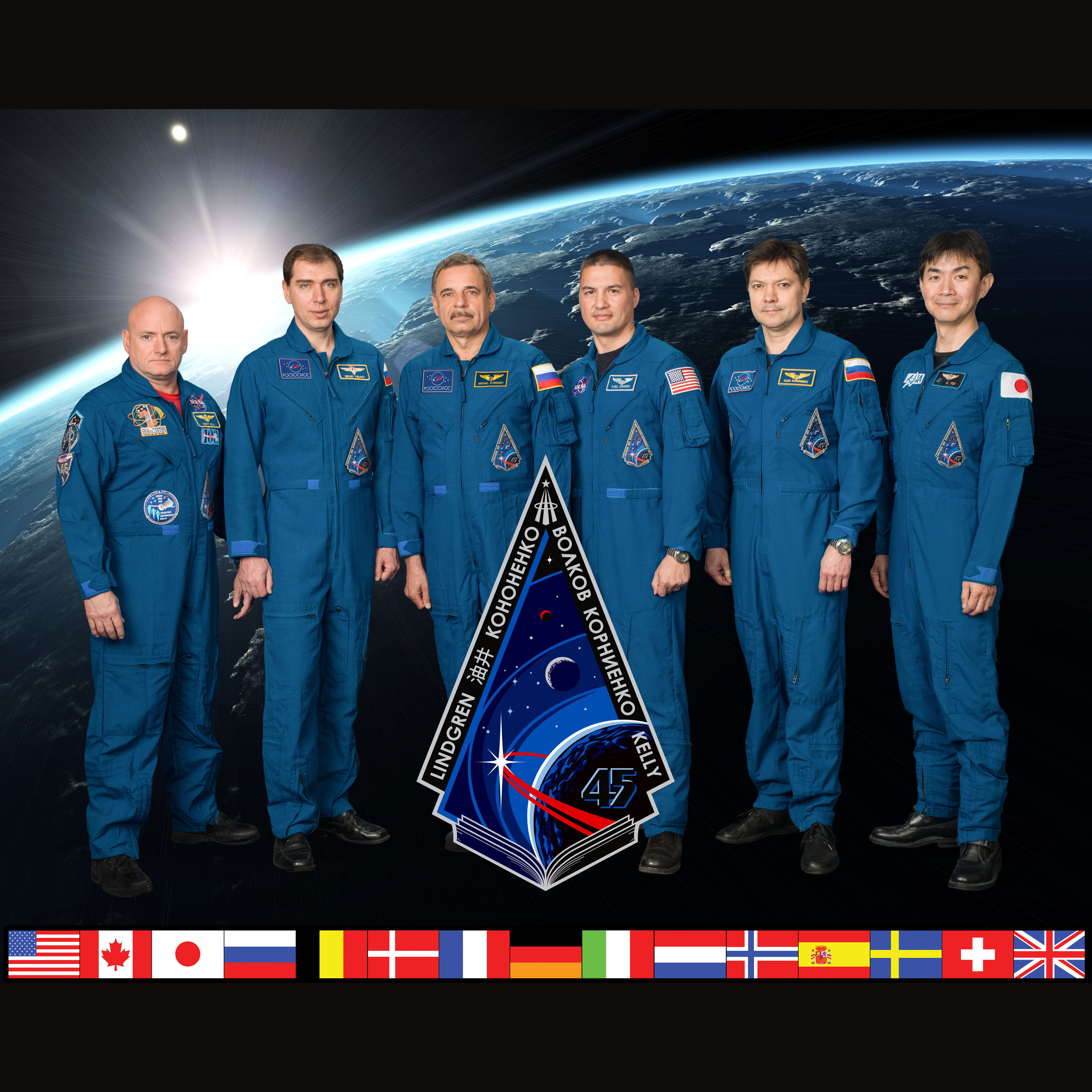
The US contributed and built the largest number of segments of the space station, followed by Russia.
NASA’s Space Shuttles hauled the US segments aloft inside the orbiters huge payload bay, starting from the first construction mission in 1998 carrying the Unity module to the final shuttle flight STS-135 in 2011, which marked the completion of construction and retirement of the shuttles.
With the shuttle orbiters now sitting in museums and no longer flying, the Russian Soyuz capsule is the only means of transporting crews to the space station and back.
The longevity of the ISS was recently extended from 2020 to 2024 after approval from President Obama. Most of the partners nations have also agreed to the extension. Many in the space community believe the station hardware is quite resilient and hope for further extensions to 2028 and beyond.
“The International Space Station, which President Obama has extended through 2024, is a testament to the ingenuity and boundless imagination of the human spirit. The work being done on board is an essential part of NASA’s journey to Mars, which will bring American astronauts to the Red Planet in the 2030s,” says Bolden.
“For 15 years, humanity’s reach has extended beyond Earth’s atmosphere. Since 2000, human beings have been living continuously aboard the space station, where they have been working off-the-Earth for the benefit of Earth, advancing scientific knowledge, demonstrating new technologies, and making research breakthroughs that will enable long-duration human and robotic exploration into deep space.”
A key part of enabling long duration space missions to Mars is the 1 Year ISS Mission.
Scott Kelly recently set the US records for most time in space and longest single space mission.
In coming years, additional new pressurized modules and science labs will be added by Russia and the US.
And NASA says the stations crew size will expand to seven after the US commercial Starliner and Dragon space taxis from Boeing and SpaceX start flying in 2017.
NASA is now developing the new Orion crew capsule and mammoth Space Launch System (SLS) heavy lift rocket to send astronauts to deep space destination including the Moon, asteroids and the Red Planet.
In the meantime, Kelly and his crew are also surely looking forward to the arrival of the next Orbital ATK Cygnus resupply ship carrying science experiments, provisions, spare parts, food and other goodies after it blasts off from Florida on Dec. 3 – detailed in my story here.
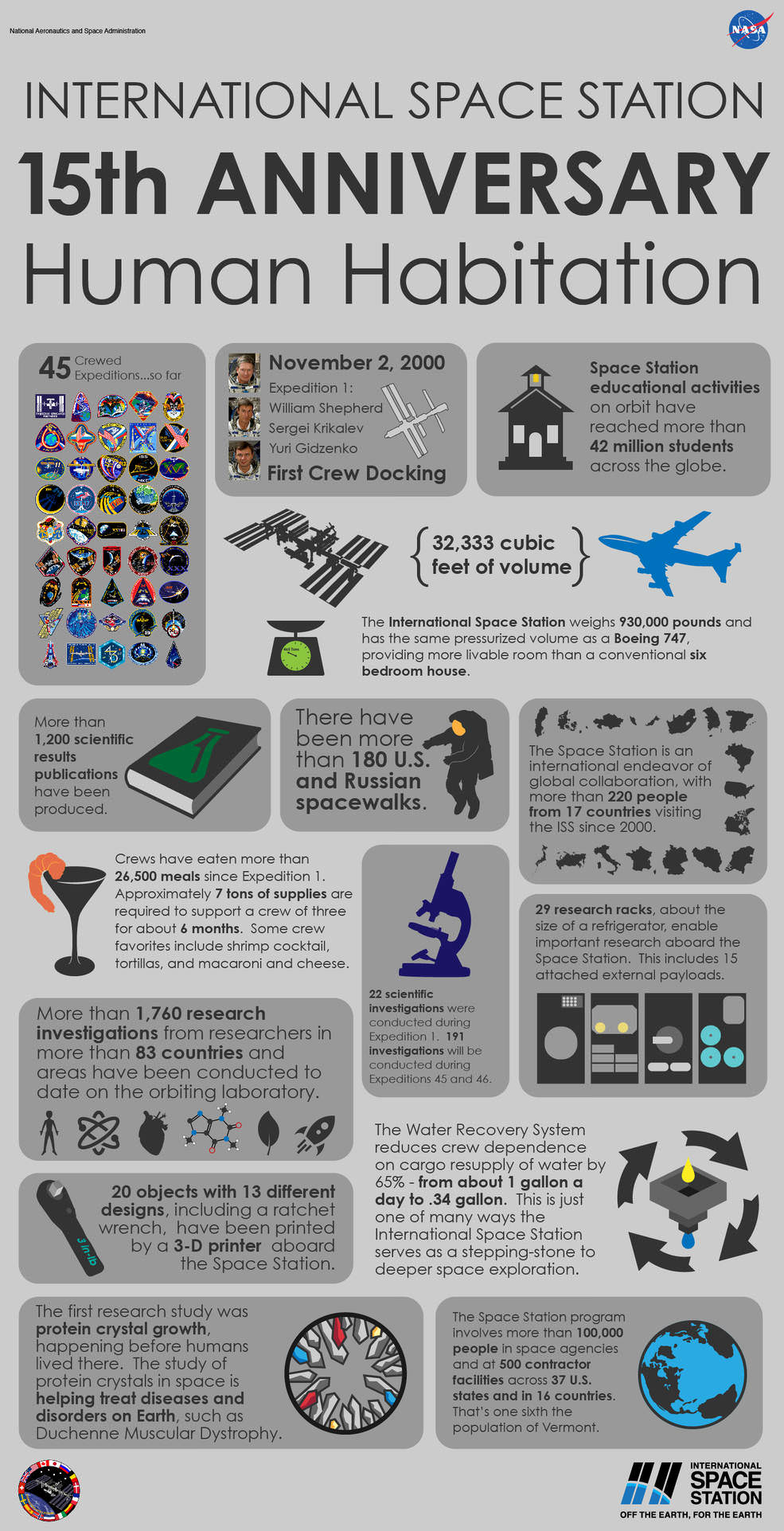
Stay tuned here for Ken’s continuing Earth and planetary science and human spaceflight news.
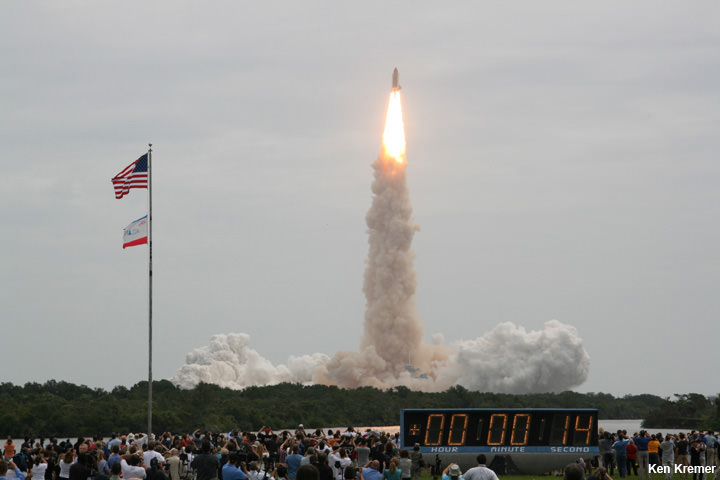
Ultimate ISS + Shuttle + Earth Photo Op Coming on May 23 from Soyuz and Paolo Nespoli
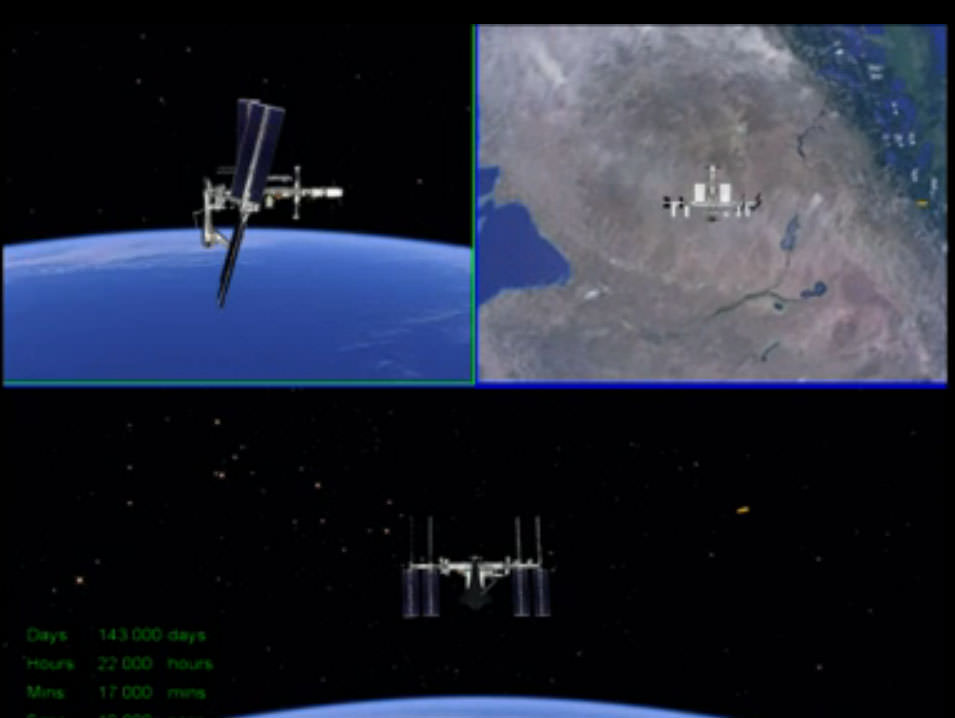
KENNEDY SPACE CENTER: Get ready for the ultimate photo op in space – set for the International Space Station joined to Space Shuttle Endeavour and topped off by Planet Earth as the backdrop.
And it’s coming up momentarily because of an unexpected and “unique opportunity” that’s also taking place at nearly the last possible moment in the life of the soon to be retired Space Shuttle program.
On Monday, May 23, Italian Astronaut Paolo Nespoli will snap the first ever photos and video of a US Space Shuttle orbiter while it is simultaneously still docked to the International Space Station, NASA officials just announced on Friday, May 19.
Video Caption: This computer generated animation depicts the view the Soyuz crew will see as they depart from the International Space Station (upper left) on May 23, 2011 at 5:32 p.m. EDT. Italian Astronaut Paolo Nespoli will capture an incredible and first ever imagery of the stacked station/shuttle complex with a space shuttle orbiter; the Endeavour. Bottom view shows side view of the Soyuz departing the ISS. Credit: NASA
Nespoli will capture the dramatic and historic imagery – in a newly devised plan – while he is departing the “Shuttle- Station stack” aboard a Russian Soyuz spacecraft and heading for a landing back on Earth with two crewmates barely 4 hours later in Kazakhstan.
“We have a unique opportunity. We are calling this Soyuz undock with imagery,” said Kenneth Todd, chair of NASA’s space station mission management team. “We are not calling this a Soyuz flyaround or flyabout.”
“This is going to be a great opportunity for the spaceflight community.”
After months of high level international negotiations since the STS-133 mission, NASA and Russian space officials from the space shuttle and space station teams have finally agreed on a arrangement for utilizing a crewed Soyuz vehicle to record the first ever photos showing a shuttle while still docked to the massive orbiting outpost in the same field of view.
The chance to do the shuttle- station photo documentation in this way only became possible when the launch of Space Shuttle Endeavour was scrubbed on April 29 and the resulting delayed launch of the STS-134 mission on May 16 fortuitously afforded an overlapping time period that coincided with the Soyuz TMA-20 crew departure.
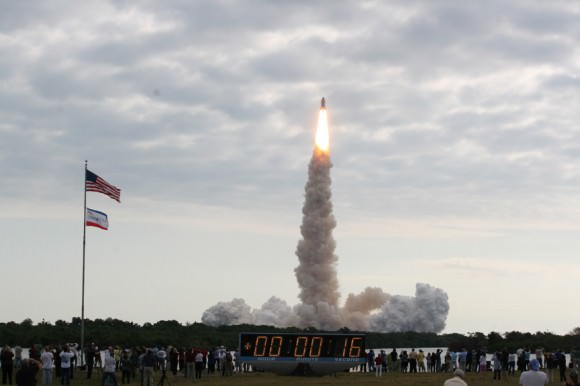
View from the countdown clock at NASA’s Kennedy Space Center. Endeavour has delivered the $2 Billion Alpha Magnetic Spectrometer to the International Space Station. The AMS will search for dark matter, dark energy and antimatter to determine the origin and evolution of the Universe. Credit: Ken Kremer
The photo opportunity will take place under what’s called a dual docked operations scenario whereby the Soyuz is undocked while a shuttle is still attached to the ISS.
“With 100 percent consensus, we approved this change to the baseline mission to go add this photo documentation task as part of the Soyuz TMA-20 undock,” Todd explained.
In order to accommodate the extra time required to accomplish the photo shoot, the Soyuz TMA-20 capsule will undock from the ISS one orbit earlier than originally scheduled, about 90 minutes, at 5:32 p.m. EDT.

on 29 June 1995.
Check out this perspective of what a space shuttle looks like when docked to an Earth orbiting space station. Atlantis is docked to the Mir Space Station on 29 June 1995 during the STS-71 mission. The shuttle has never before been photographed while attached to the Internalional Space Station. The photos of the Shuttle Endeavou and ISS Space Station stack are expected on May 23, 2010. Credit: Roscosmos
Nespoli is departing with ISS Expedition 27 commander and Russian cosmonaut Dimitry Kondratyev and NASA astronaut Catherine “Cady” Coleman. They will be completing a nearly six month stint in space aboard the ISS.”
“After the Soyuz undocks, they will back out to about 200 meters,” explained Courtney McMillan, STS-134 Station Team 4 Flight Director. “You will see they are a little bit above the velocity vector, above the station, and that is to keep the sun out of the pilot’s eyes.”
“After they get to the station keeping point, ISS will begin to maneuver, turning 130 degrees at 0.2 degrees per second.” The attitude was designed to provide the best perspective of the ISS and Endeavour.
“It will take 15 minutes to bring the whole stack around to get a side view and a really good view of Endeavour. This is an unusual attitude for the station to fly during a mated mission and people have done a lot of work to make sure this is a good thing to be doing. They have scrutinized the issue and are very comfortable with the plan.”
The station move will be done using thrusters on the Russian Segment service module – named Zvezda – and the thrusters on the docked Progress 42P vehicle, an unmanned Russian cargo ship. See diagram below.
Nespoli will have to float into the Soyuz vehicles forward habitation module – from his seat in the central descent module – and then snap the photo and video imagery through the modules windows. He will have a direct line of sight to the stack.
Paolo will have roughly 30 minutes time to collect all the imagery of the combined space complex during the photo survey, starting at about 5:50 p.m. EDT.
Then he will float back out of the habitation module, carefully seal the hatches in between and take his seat in the descent module.
The habitation module burns up in Earth orbit after the modules separate in preparation for the Soyuz’s deorbit and scorching reentry into Earth’s atmosphere.
Since the Soyuz will be pitched up during the undocking sequence, breathtaking views of Earth in the background of the “Shuttle-
Station stack” are expected.
The goal is to get good archival imagery of the space station stack with the shuttle attached. In addition to the gee whiz factor there are good reasons from an engineering perspective to record this imagery to assess the condition of the orbiting complex, NASA managers said.
“Future generations will look back on their history and look back at what we accomplished between these two very, very large programs – the shuttle and the space station – and realize it was amazing what we accomplished with the technology available at the time.”
“These pictures will be in textbooks to show what we did”, said Todd.
Exactly when the digital photos and video will be available for all to see is still to be determined. NASA and Russian space officials are discussing the details of when and how to distribute the imagery. The Soyuz is not equipped to transmit the imagery in real time.
“We hope to start seeing the photos and videos within a day of landing”, said Todd.
Paolo has snapped many gorgeous shots during his stay in space, including these of an Ariane V launching the European ATV cargo craft from French Guiana.
Go Paolo !
Read my story about the Final Shuttle mission, STS-135, here:
Atlantis Rolls to Vehicle Assembly Building with Final Space Shuttle Crew for July 8 Blastoff
Read my related stories about the STS-134 mission here:
Endeavour Blasts Off on Her 25th and Final Mission
Endeavour Unveiled for Historic Final Blastoff
Looking to the Heavens with Endeavour; Launch Pad Photo Special
Endeavour Astronauts Arrive at Cape for May 16 Launch
NASA Sets May 16 for Last Launch of Endeavour; Atlantis Slips to July
Endeavour’s Final Launch further delayed another Week or more
On the Cusp of Endeavour’s Final Flight
Brush Fires Erupt at Kennedy Space Center during Endeavour’s Last Countdown
Commander Mark Kelly and STS-134 Crew Arrive at Kennedy for Endeavour’s Final Flight
President Obama to Attend Endeavour’s Last Launch on April 29
Shuttle Endeavour Photo Special: On Top of Pad 39A for Final Flight
Endeavour Mated to Rockets for Last Flight Photo Album
Endeavour Rolls to Vehicle Assembly Building for Final Flight


